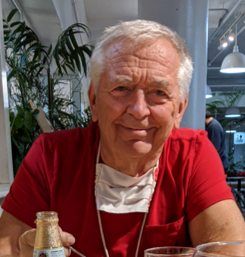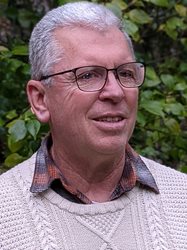Preface
While we considered upgrading the web platform of the Tutorial on Flow Injection Analysis, it became obvious it will be difficult to decide what to keep and what to eliminate, because Tutorial reflects the development of FI techniques over the last 20 years during which the number of published papers grew from 100 to 23.000 and of monographs from one to twenty-five. Therefore, we are leaving the current, 7th edition preserved as depositary of information, including Hansen’s Database, as well as FIA story and Scrapbook as a tribute to many who contributed to this branch of analytical chemistry.
This new website focuses on the recent advances in FIA and emphasizes flow programming, because we believe that computer-controlled microfluidics is the platform for future development of Flow Injection method. In this way, the emerging concept and methodology of programmable Flow Injection (pFI), scattered through Chapters 1-3 of the Tutorial, are consolidated, and compared with features of the widely used continuous Flow Injection (cFI). Therefore, we organized the topics into:
Guest Contributions will host under the author’s name a brief description of a novel topic relevant to flow analysis. Contributions are meant to facilitate the timely exchange of novel ideas, and to foster cooperation between researchers with similar interests.
Present “state of the art” of Flow Injection is a result of research of work of many, whose contribution is recorded in publications listed in Hansen’s Bibliography. Yet, we also wish to acknowledge the contributions of Garth Klein, former CEO of FIAlab Instruments who made Sequential Injection, the predecessor of programmable FI and SIChrom instruments commercially available. At Department of Oceanography, University of Hawaii, it was Chris Measures and members of his research team, Mariko Hatta and Max Grand whose support and expertise led from Sequential Injection, to development of programmable Flow Injection and its application to research in chemical oceanography.
We hope that readers will find this communication useful. In continuity with the previous versions of the Tutorial, we grant permission to reproduce figures and material from this work, in Ph.D. theses, presentations, and all other non-commercial applications. All experiments, illustrations, and text presented here, were produced by J.R. Website was designed and constructed by P. Ch., who also revised figures and edited the text. G.M. designed and developed hardware and software and made the instrument commercially available.
 |
 |
 |
Jarda Ruzicka
Honolulu,
HI USA
email me
|
Hradec Králové,
Czech Republic
email me
|
Graham Marshall
Fox Island,
WA USA
|